Revealed: the areas that may face local Covid lockdowns ‘within days’
Health experts expect ‘a number of Leicesters’ across the UK
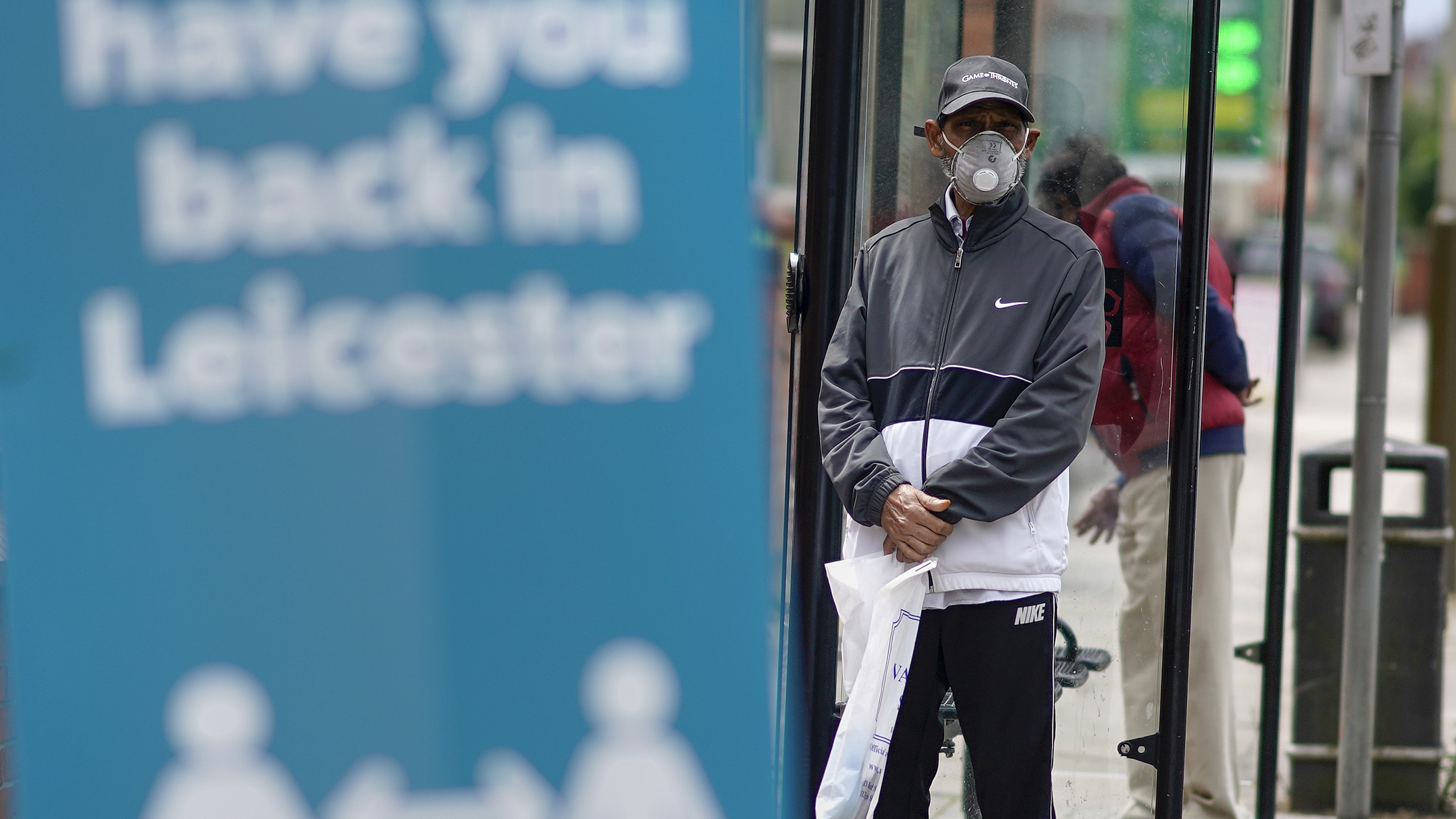
Leicester this week became the UK’s first city to be put under a local lockdown by the government - but experts are warning that similar measures could be enforced in several other areas in a matter of days.
Downing Street sources told The Telegraph that Bradford, Barnsley, Rochdale, Bedford and Oldham were sitting just below Leicester on a “watch-list” of sites that may face new social distancing restrictions to curb surges in coronavirus infections.
The government’s top ten also includes Rotherham, Tameside, Blackburn and Kirklees, the last of which recently reported a mini-outbreak at a meat factory.
The Week
Escape your echo chamber. Get the facts behind the news, plus analysis from multiple perspectives.

Sign up for The Week's Free Newsletters
From our morning news briefing to a weekly Good News Newsletter, get the best of The Week delivered directly to your inbox.
From our morning news briefing to a weekly Good News Newsletter, get the best of The Week delivered directly to your inbox.
Sources at Public Health England (PHE) and the Department of Health and Social Care (DHSC) say further local lockdowns could be implemented in “just days”, Sky News reported on Wednesday.
Newly published PHE data on the number of positive tests per 100,000 people for towns and cities shows that Leicester had 140.2 new confirmed cases in the week ending 21 June, followed by Bradford at 69.4 cases.
Announcing the Leicester lockdown on Monday, Health Secretary Matt Hancock said that the city had accounted for around 10% of all positive cases in the country over the past week.
But while the rest of the UK is preparing for the next stage of easing lockdown measures, with bars and restaurants set to reopen on Saturday, infection rates are also creeping up in various areas.
A free daily email with the biggest news stories of the day – and the best features from TheWeek.com
“I am expecting there to be a number of Leicesters,” Professor Deenan Pillay, a virologist at UCL and member of the shadow government’s scientific advisory group, told The Guardian.
“The base level of infections going on in the UK is still much higher than it was in other countries in Europe when they started to release their lockdowns.”
In a speech on Tuesday, Prime Minister Boris Johnson warned that the virus was “circling like a shark in the water” and called for “collective discipline and resolve” to keep the threat at bay.
The PM’s intervention came amid an outcry from local health officials in Leicester, who claim they aren’t being given enough information to manage localised outbreaks.
–––––––––––––––––––––––––––––––For a round-up of the most important stories from around the world - and a concise, refreshing and balanced take on the week’s news agenda - try The Week magazine. Start your trial subscription today –––––––––––––––––––––––––––––––
Meanwhile, Hancock caused panic and confusion after mixing up the Yorkshire town of Keighley with Kirklees, which is battling a local outbreak - leading Bradford council to tweet a clarification in order “to calm everyone down a bit...”
Misleading information about regional lockdowns is also circulating online, causing a headache for local councils, the BBC reports.
Local councillors have been attempting to quell fears that their communities could be forced into further weeks in isolation.
Bradford Council leader Susan Hinchliffe told Sky News that although the city had “a high number of infections along with a number of other northern authorities”, they were still “some way behind Leicester”.
Andrea Fallon, director of public health for Rochdale Borough Council, agreed that “residents should be reassured that the numbers we have seen recently are still well below those in Leicester, where lockdown measures are being reintroduced.
“In Leicester Matt Hancock said that there were 135 positive cases per 100,000, and we had 28.8, so the comparisons are misleading and unhelpful.”
The prospect of local lockdowns has also raised more questions about the disproportionate impact of the virus on ethnic minority groups.
A government report identifying the most at-risk areas of the UK “cited concerns” that several of the recorded local spikes were in areas with large BAME communities, according to Business Insider.
-
 Prickly pear juice recipe
Prickly pear juice recipeThe Week Recommends Jewel-toned, natural juice is a thirst-quenching treat
-
 The truth about vitamin supplements
The truth about vitamin supplementsThe Explainer UK industry worth £559 million but scientific evidence of health benefits is ‘complicated’
-
 Is convenience culture killing community?
Is convenience culture killing community?In The Spotlight A decline in emotional intelligence could be responsible for a diminished sense of belonging
-
 Covid-19 mRNA vaccines could help fight cancer
Covid-19 mRNA vaccines could help fight cancerUnder the radar They boost the immune system
-
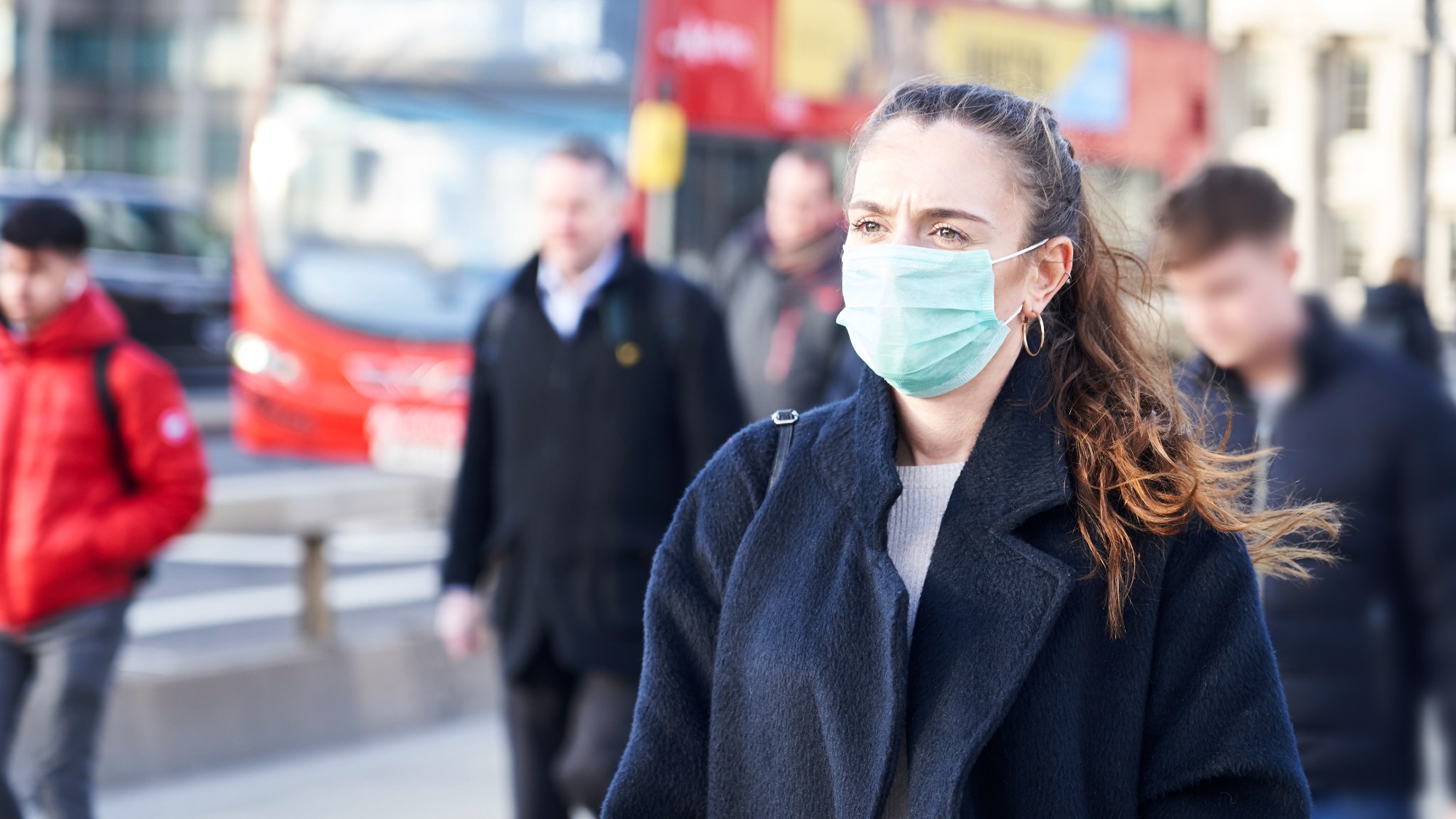 The new Stratus Covid strain – and why it’s on the rise
The new Stratus Covid strain – and why it’s on the riseThe Explainer ‘No evidence’ new variant is more dangerous or that vaccines won’t work against it, say UK health experts
-
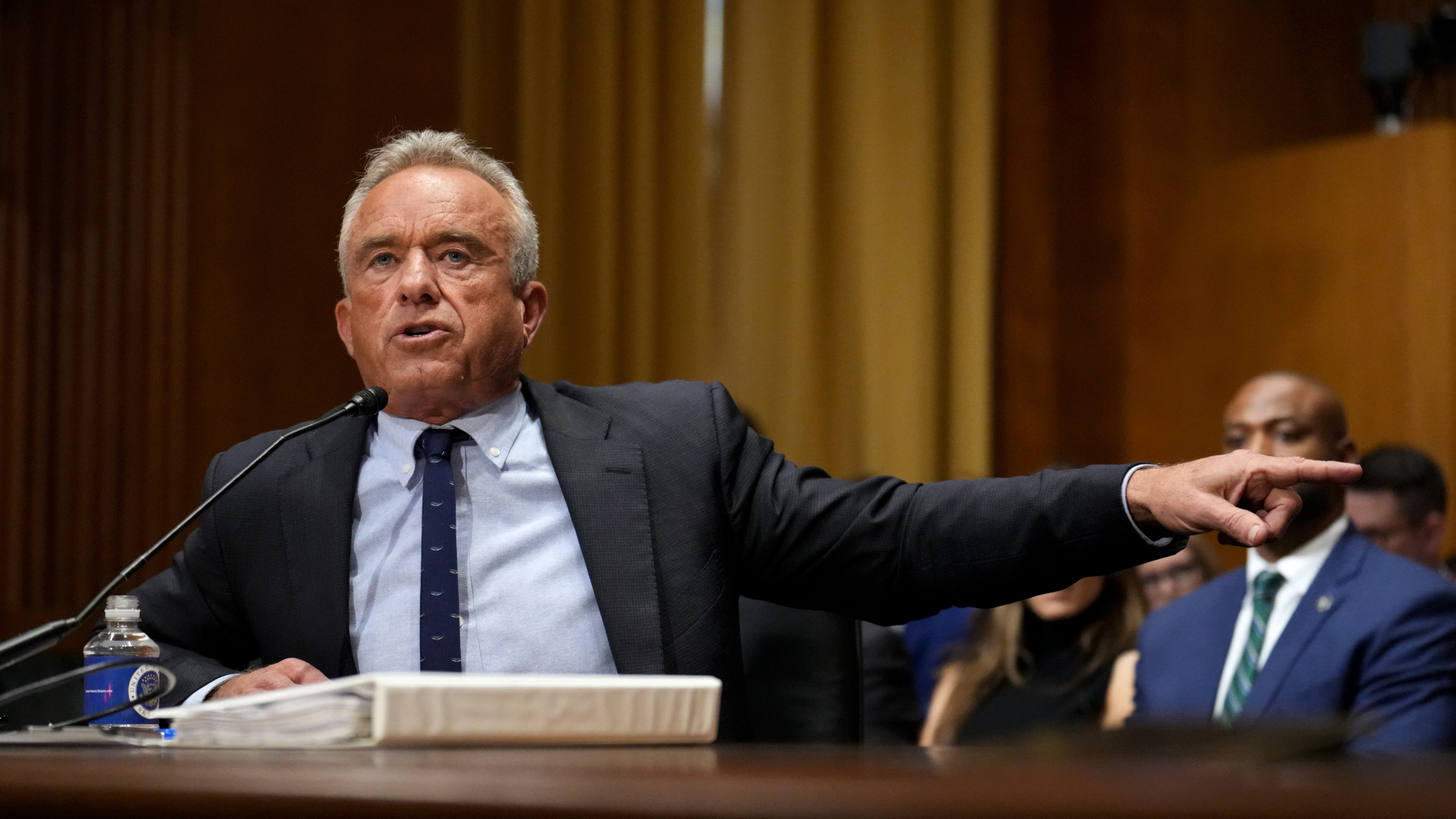 RFK Jr. vaccine panel advises restricting MMRV shot
RFK Jr. vaccine panel advises restricting MMRV shotSpeed Read The committee voted to restrict access to a childhood vaccine against chickenpox
-
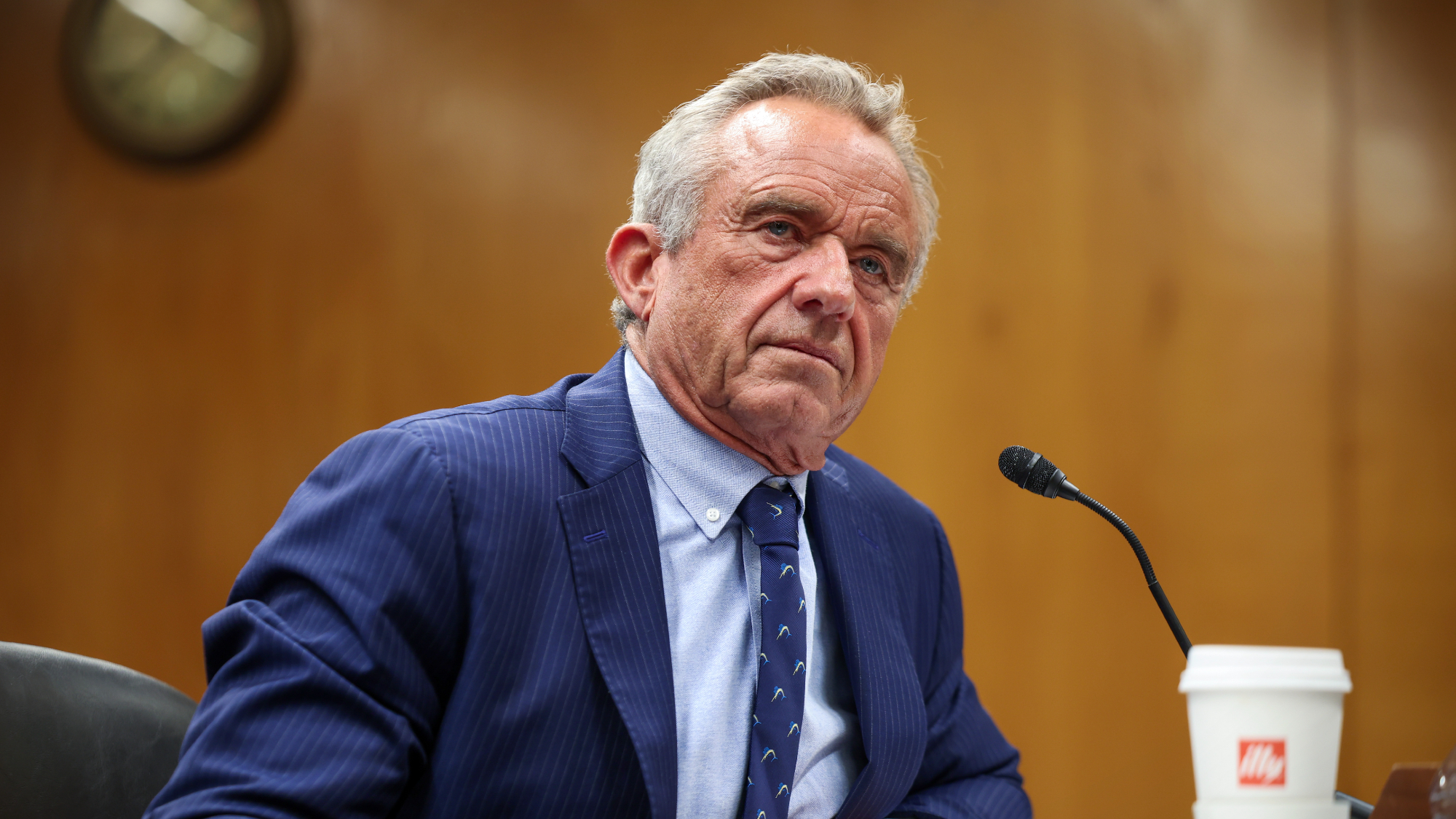 RFK Jr. scraps Covid shots for pregnant women, kids
RFK Jr. scraps Covid shots for pregnant women, kidsSpeed Read The Health Secretary announced a policy change without informing CDC officials
-
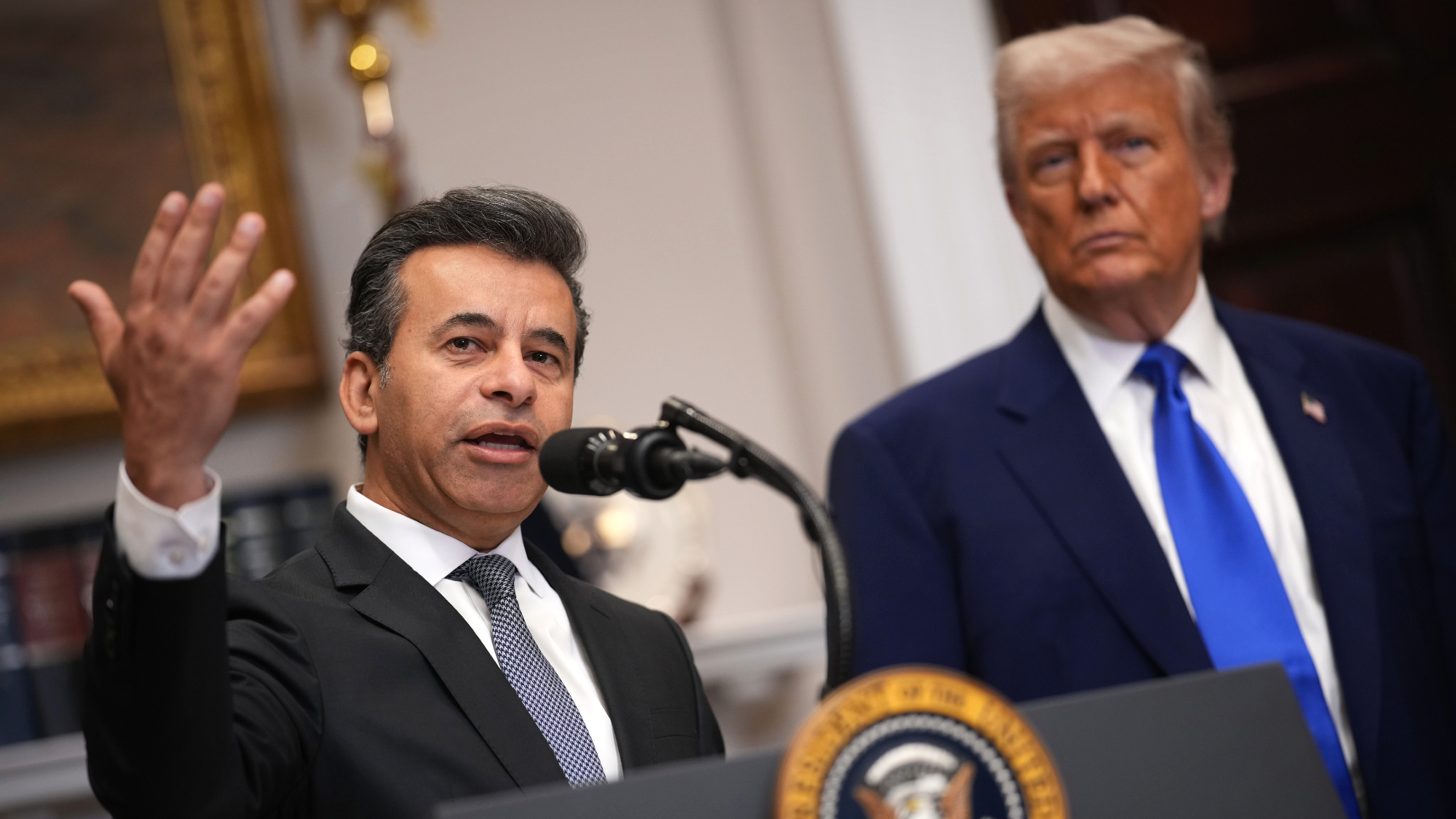 New FDA chiefs limit Covid-19 shots to elderly, sick
New FDA chiefs limit Covid-19 shots to elderly, sickspeed read The FDA set stricter approval standards for booster shots
-
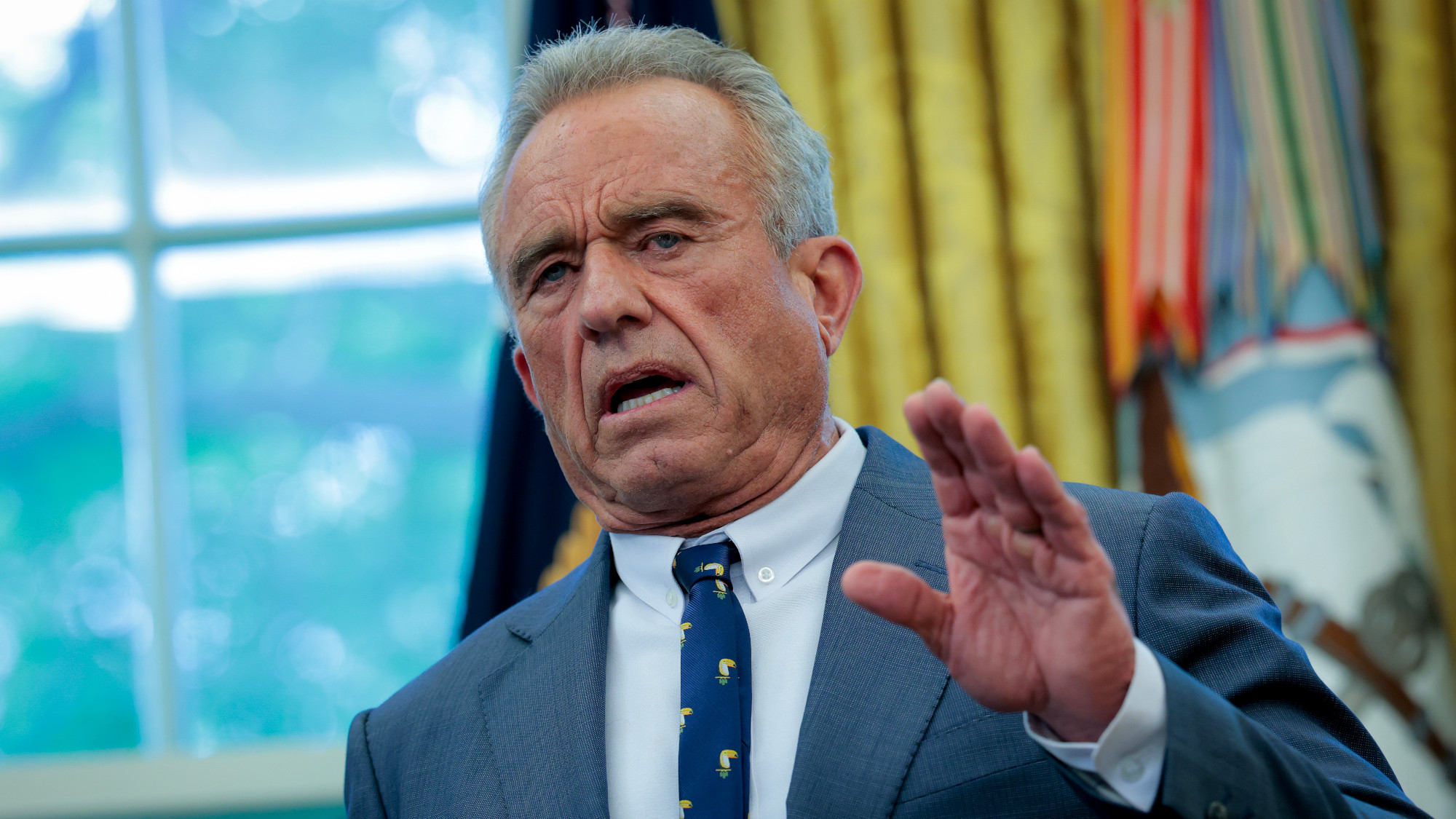 RFK Jr.: A new plan for sabotaging vaccines
RFK Jr.: A new plan for sabotaging vaccinesFeature The Health Secretary announced changes to vaccine testing and asks Americans to 'do your own research'
-
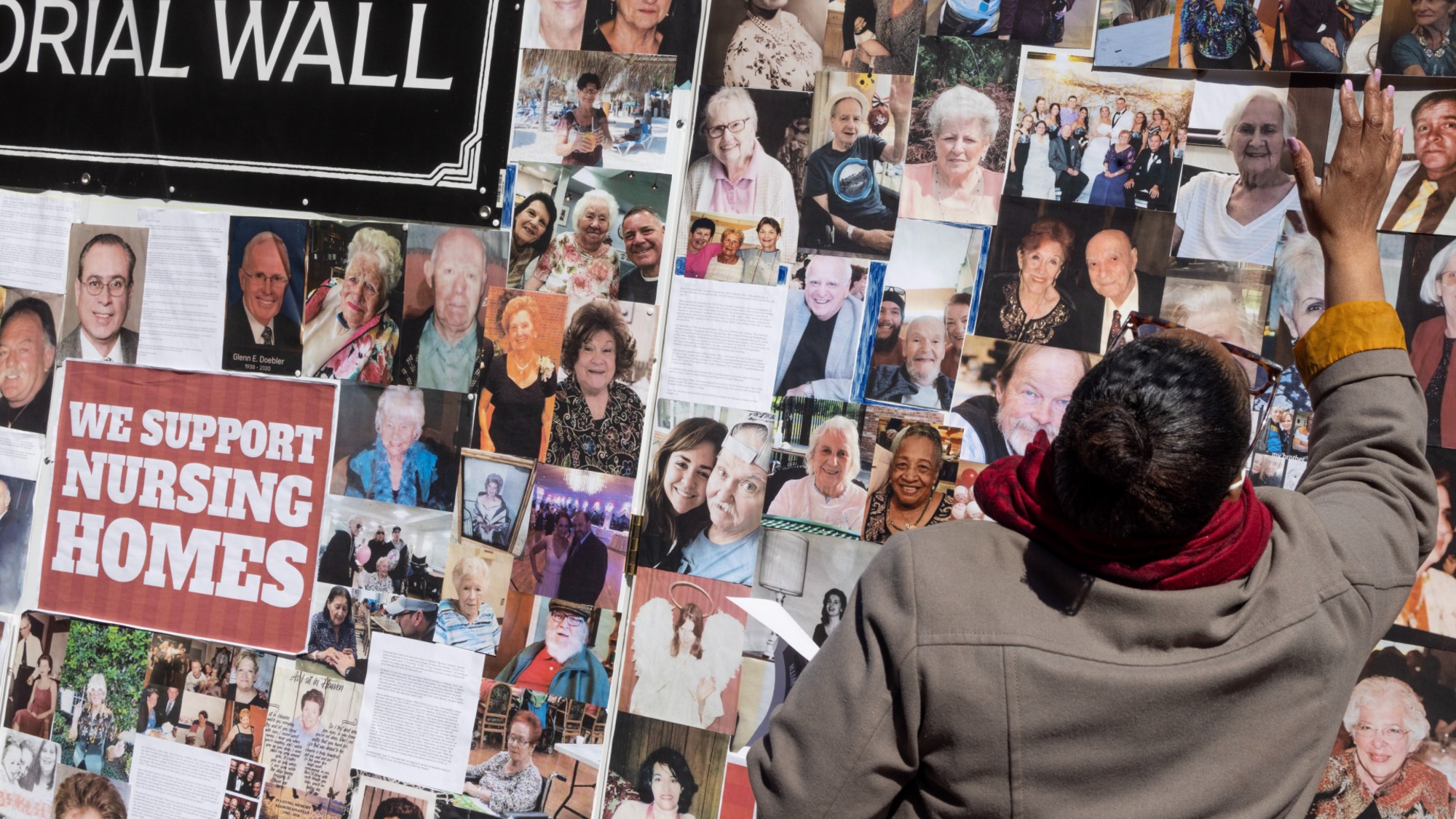 Five years on: How Covid changed everything
Five years on: How Covid changed everythingFeature We seem to have collectively forgotten Covid’s horrors, but they have completely reshaped politics
-
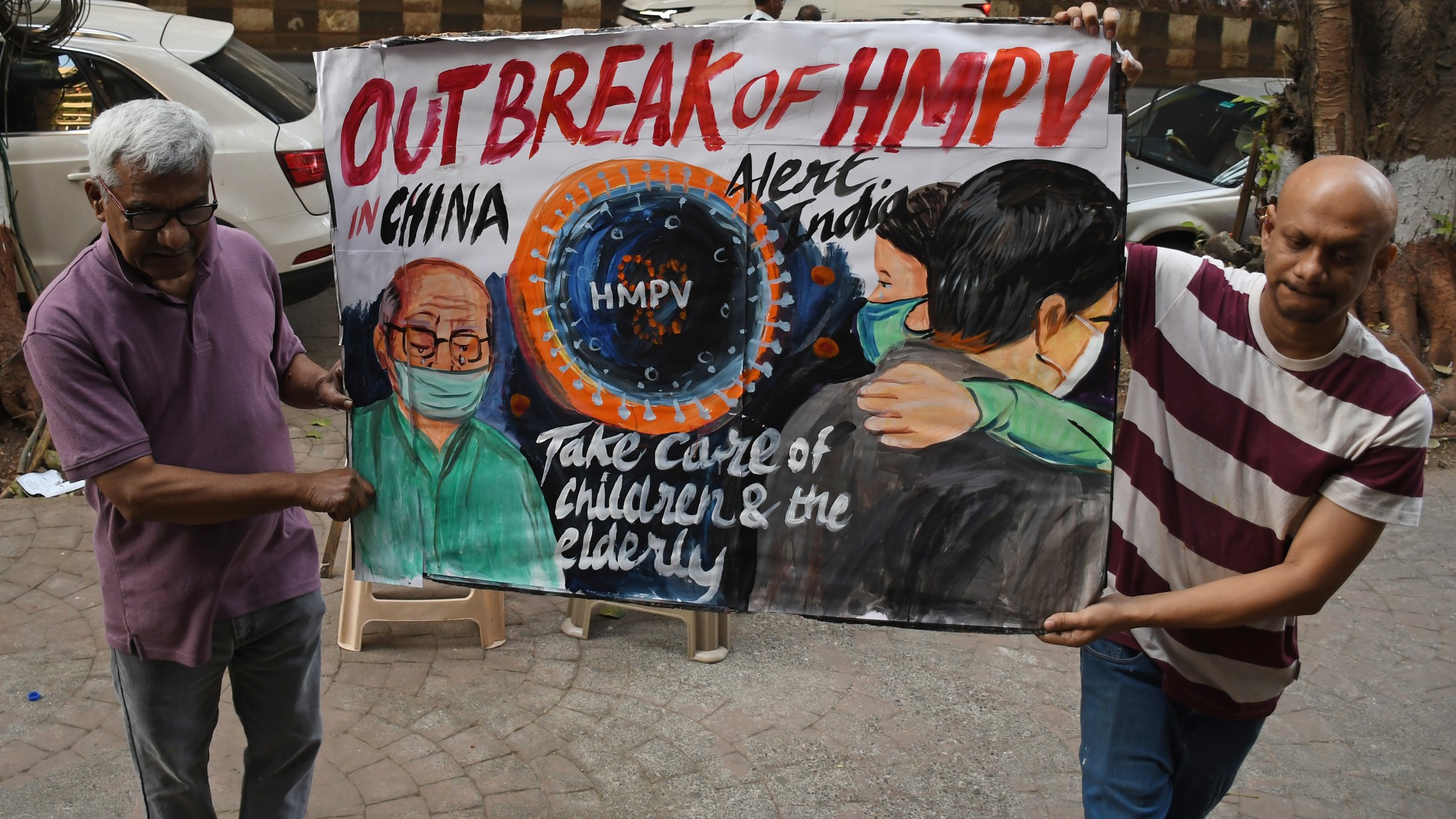 HMPV is spreading in China but there's no need to worry
HMPV is spreading in China but there's no need to worryThe Explainer Respiratory illness is common in winter